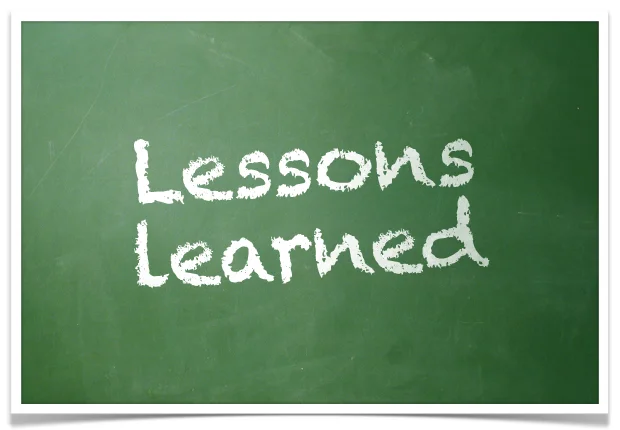Ants do it. Bees do it. Wolves do it. Even German U-boats in WWII did it. Swarming. Swarming is a great tactic to overwhelm competitors. The use of small units which simultaneously attack competitors from multiple directions is at the heart of swarming. There has been long history of swarming within various military campaigns. However, swarming can be a highly impactful sales and marketing strategy to dominate markets.
Changing the World is the Only Fit Work for a Grown Man
The stars of the “Mad Men” advertising era were David Ogilvy and Rosser Reeves (among others). Another advertising legend, though less well-known was Howard Luck Gossage. Gossage was the driving force behind the success of the advertising agency Weiner & Gossage (W&G) and he challenged the established norms and status quo of the advertising industry. Gossage was referred to as “The Socrates of San Francisco”.
A Whack on the Side of the Head
Maneuver Warfare for Strategic Marketing
Maneuver warfare works on the premise of using deception and ambiguity to disorient your opponent with surprise and shock. This methodology works very well for small forces competing against larger forces. The modern-day theorist, Col. John Boyd spearheaded this theory which was eventually adopted by the U.S. Marine Corps as the modern method for operations. Maneuver Warfare techniques can also be applied within business, especially for product launch planning.
Combined Arms
Combined arms is a methodology used within the military to integrate different, multiple units/operations to synergistically work together to create a greater force to overwhelm an opponent. This same strategy can be very effective within a sales and marketing organization. The ability to link, leverage, and compliment multiple groups can have a positive effect on campaigns.
Metaphors, Analogies, & Similes
The use of metaphors, analogies, and similes are excellent ways to spark innovative thinking. Building a habit of thinking in terms of metaphors, similes, and analogies allows one to develop a new perspective. Seeing connections in a new light can result in creative solutions to problems. In addition, all three of these makes the brain work harder as it looks at the familiar in a new (often strange) light, or the strange in a familiar light.
After-action Review
Your team has been working for months on the new product rollout. Product photos and videos have been produced and launched. Media events are moving along and social media plans are engaging with consumers. Sales people are meeting with retailers to demonstrate the new product and educate staff. National advertisements are launched and hitting large regional markets. But something is not right.
Innovation Within Bureaucracy
Many of us who work within large bureaucratic organizations feel innovation is impossible. Too often ideas are shot down quickly due to multiple reasons. Worse, the fear of risk, i.e., loss, overshadows the desire to win. This internal mindset creates a culture focused on incremental changes rather than radical innovations.
Get to the Point
To ensure your thoughts and ideas are properly communicated you need to constantly improve your writing skills. The book Get to the Point by Elizabeth Danziger is an excellent reference to ensure simple and clear writing. Danziger offers multiple recommendations to become a better writer.
Typical techniques for improved writing, such as breathing, exercising, and reviewing sources are within the book. In addition, Danziger focuses on key areas to plan your writing. Planning is the most critical area to successful writing. The author focuses on three Ps. The three Ps are purpose, person, and point.
Innovation: Nature or Nurture
An ongoing debate regarding innovation is are we born with the skill or can it be acquired? Can anyone become like Steve Jobs, Thomas Edison, or Jeff Bezos? The researchers are still debating this, but ANYONE can improve their creativity and innovative strength. This is not some feel-good advice, but well studied research with many case studies.










